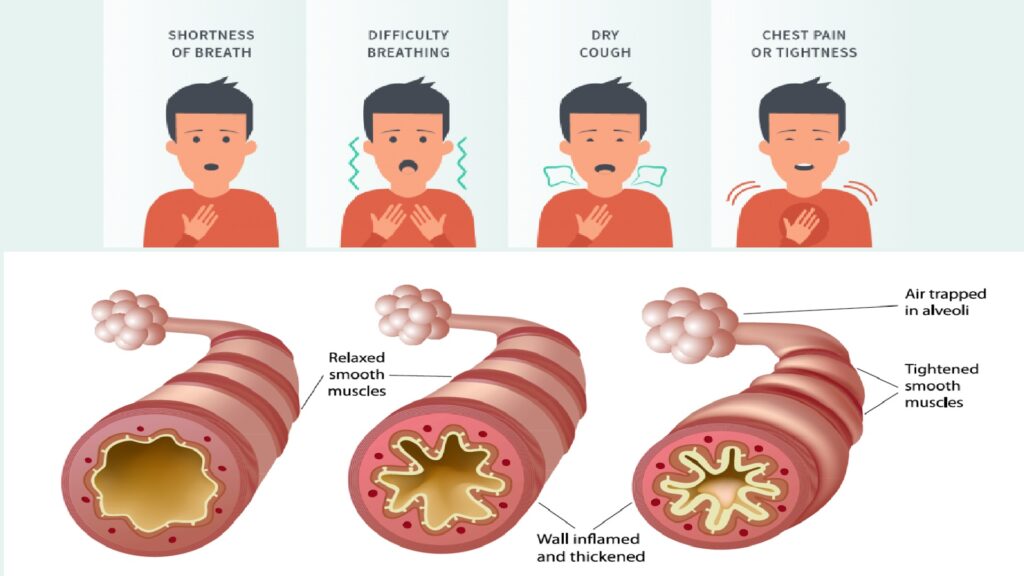In the United States, every 1 in 12 people has asthma. If you have asthma, you are not alone. Worldwide, there are an approximated 300 million people with asthma, according to the American Academy of Allergy Asthma & Immunology (AAAAI). These 300 million people around the globe understand just how frightening and sudden an asthma illness can be.

According to the Centers for Disease Control and Prevention, asthma attacks are induced by “triggers” that make it challenging for air to get into the lungs and thus limit breathing. When this happens, an asthma illness is triggered.
Everyone is different, and consequentially has different triggers. In order to best control your symptoms, keep a journal recording the date and severity of an asthma attack, and triggers. Also, ask yourself, in what kind of environment I was when the asthma attack happen?
What could I have possibly inhaled? What was I exposed to right now? It is simpler to answer the last questions when you know both typical and less usual triggers.
Table of Contents
Most Common Triggers
1. Dust mites
Health.com reports up to 90 percent of people with allergic asthma are affected by dust mites. The best way to reduce your exposure is to use a vacuum with a HEPA filter and to sleep and rest on allergen-resistant bedcovers.
2. Pets
You may like your cuddly friend, but be wary that Health.com reports the AAAAI statistic that up to 30 percent of people with asthma actually are allergic to dogs and other household pets. If you can’t leave your dog or cat, then take preventative measures by bathing them at least once a week.
3. Plug-in room air fresheners
If you love your home smelling like fall, you may want to opt for boiling cinnamon sticks in water, rather than a plug-in room freshener. According to Health.com, these little gadgets contain dangerous ozone and volatile organic compounds (VOCs) that can wreak havoc on the airways.
4. Cold air
For some people with asthma, cold air restricts airways. That’s why Health.com suggests wearing a scarf that covers your nose and mouth when braving the cold winter air.
Less Talked About Triggers
1. Thunderstorms
You may be startled to learn that the rate of hospitalization for asthma attacks increases after a storm. Allergist and immunologist Dr. Myron J. Zitt describe in Everyday Health, this is because airborne allergens are released and raised during a thunderstorm.
2. Laughing or crying
Expressing strong emotions is one of the best parts of being human. But be careful next time you laugh so hard you cry. According to Dr. Zitt, heavy laughter and intense crying “is a kind of hyperventilation, which, like exercise, leads to trigger an asthmatic response.”
3. Stress
Stress is terrible for your overall health and can be exceptionally dangerous to people with asthma. Everyday Health reports an extensive study of more than 200,000 people found that psychological stress is wholly linked to asthma symptoms.
4. Food additives
There are many reasons to prefer whole fruits and vegetables over packaged foods. Dr. Zitt warns for food additives that contain the word “sulfite” in them (usually used to preserve, color, and flavor of the food) are among the most asthmatic. Deli meats high in nitrates, yellow food coloring holding tartrazine, and MSG are other food additives linked to asthma attacks.
RESOURCES HEALTH, AMERICAN ACADEMY OF ALLERGY ASTHMA & IMMUNOLOGY, CENTERS FOR DISEASE CONTROL AND PREVENTION, AND EVERYDAY HEALTH
